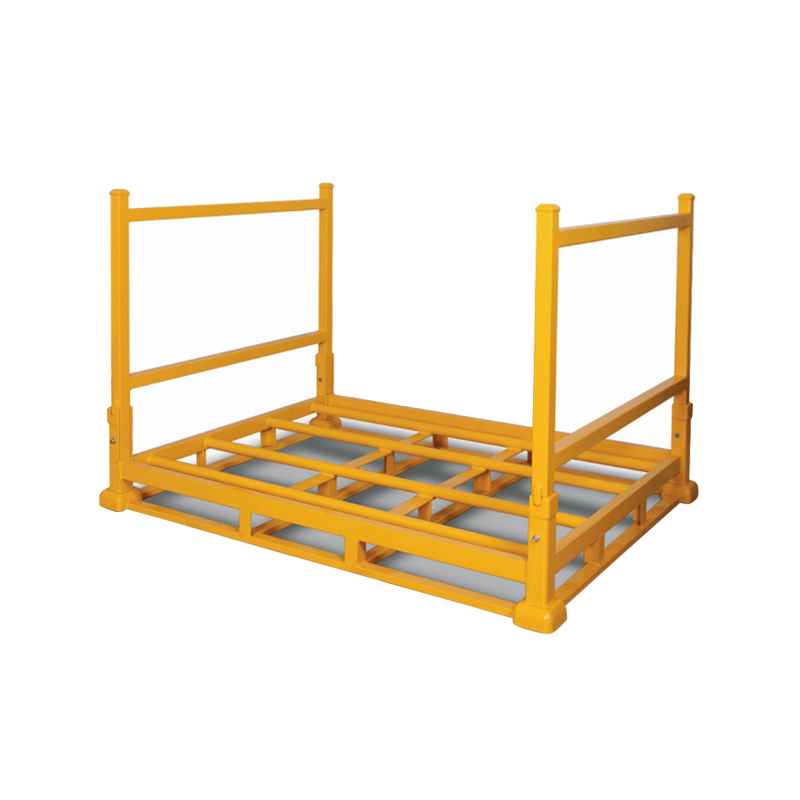Stacking racks are designed with several features and considerations to ensure stability and prevent tipping when loaded with items. Here are some key factors:
Base and Foot Design:Stacking racks typically have a sturdy base with feet or supports that distribute weight evenly across the floor surface. These feet are often designed to be wide and flat to increase stability.
Weight Distribution:The design of stacking racks focuses on balancing the weight distribution throughout the rack structure. This helps prevent excessive weight on any single point, reducing the risk of tipping.
Low Center of Gravity:Stacking racks are often designed with a low center of gravity to enhance stability. This means that the heavier parts of the rack, such as the base or lower shelves, are positioned to keep the rack grounded.

Construction Materials:Stacking racks are typically made from strong and durable materials such as metal, heavy-duty plastic, or wood composite. These materials provide structural integrity and resistance to bending or warping under load.
Interlocking or Stacking Mechanisms:Many stacking racks feature interlocking or stacking mechanisms that securely connect multiple units together. This interlocking design prevents individual racks from shifting or tipping when stacked vertically.
Anti-Slip Features:Some stacking racks include anti-slip pads or coatings on the feet or base. These features help to grip the floor surface and prevent movement, enhancing overall stability.
Load Capacity Guidelines:Manufacturers provide load capacity guidelines for stacking racks, indicating the maximum weight that can be safely placed on each shelf or overall. Adhering to these guidelines helps prevent overloading and maintains stability.
Testing and Certification:Quality stacking racks may undergo testing to ensure they meet safety standards for stability and load-bearing capacity. Look for racks that are certified by relevant industry standards or organizations.
By considering these design elements and features, stacking racks are engineered to safely support significant weights and maintain stability even when fully loaded with items.
